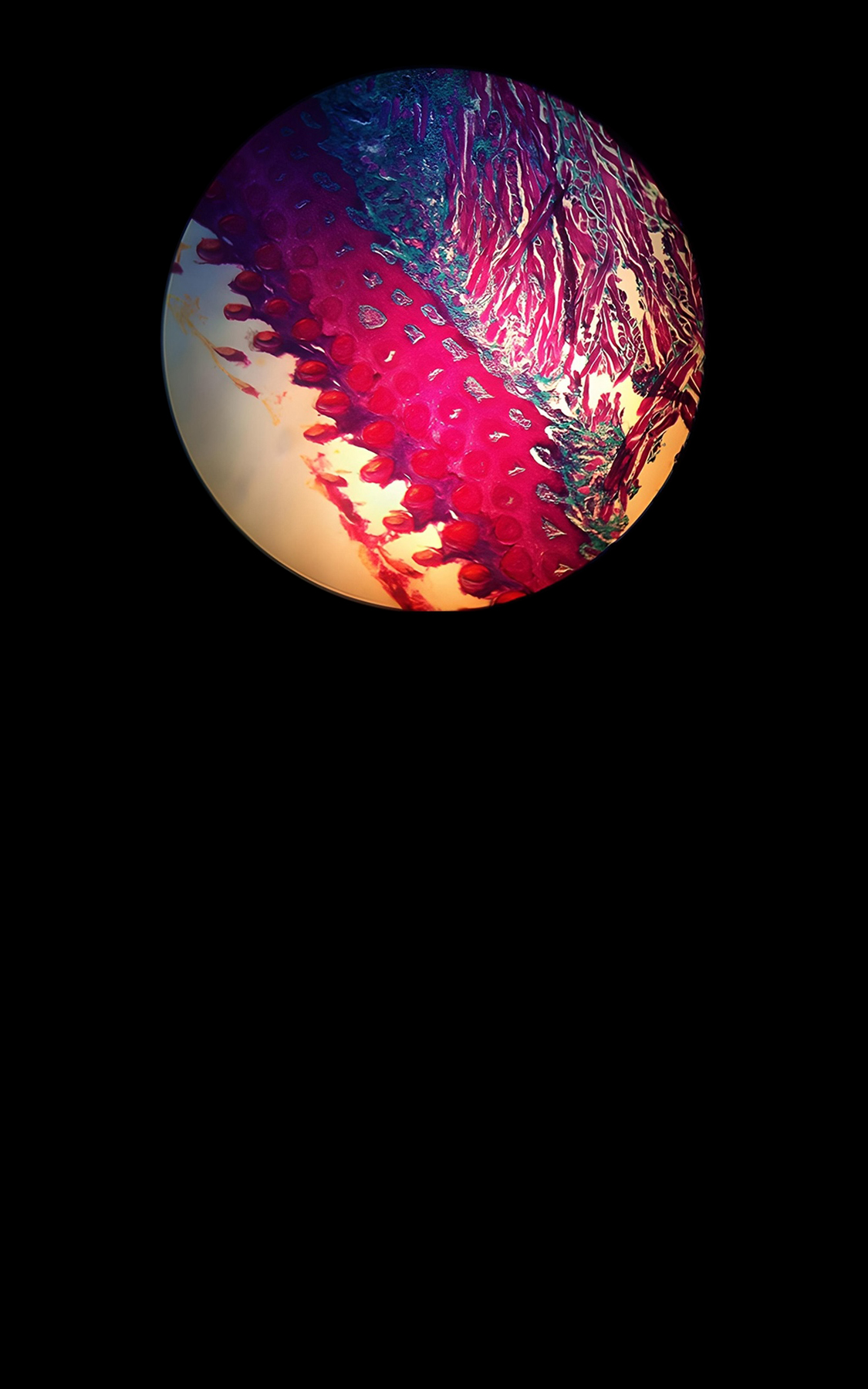A scientist finds beauty in the “visual synonyms” that exist in images seen through microscopes and telescopes.
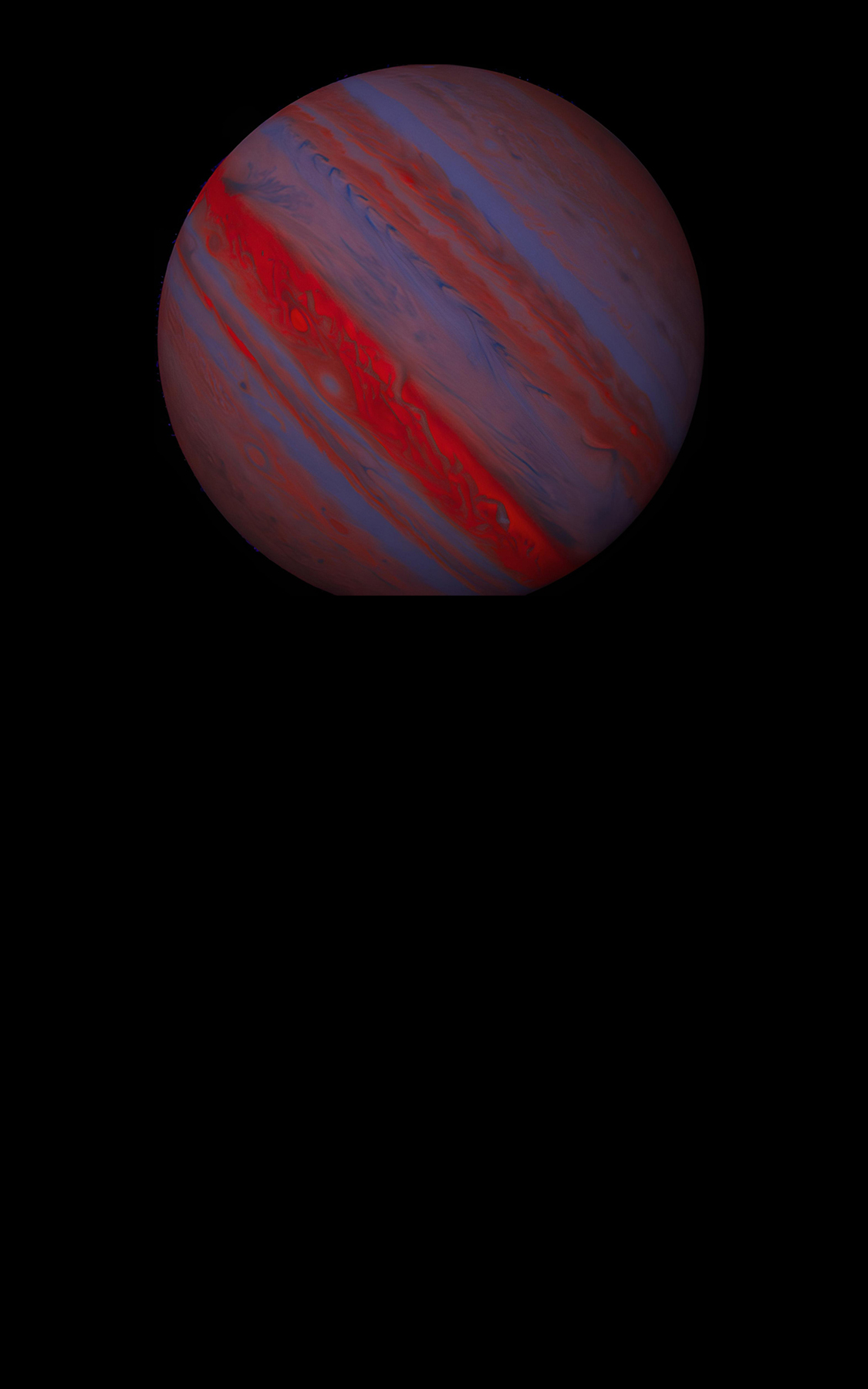
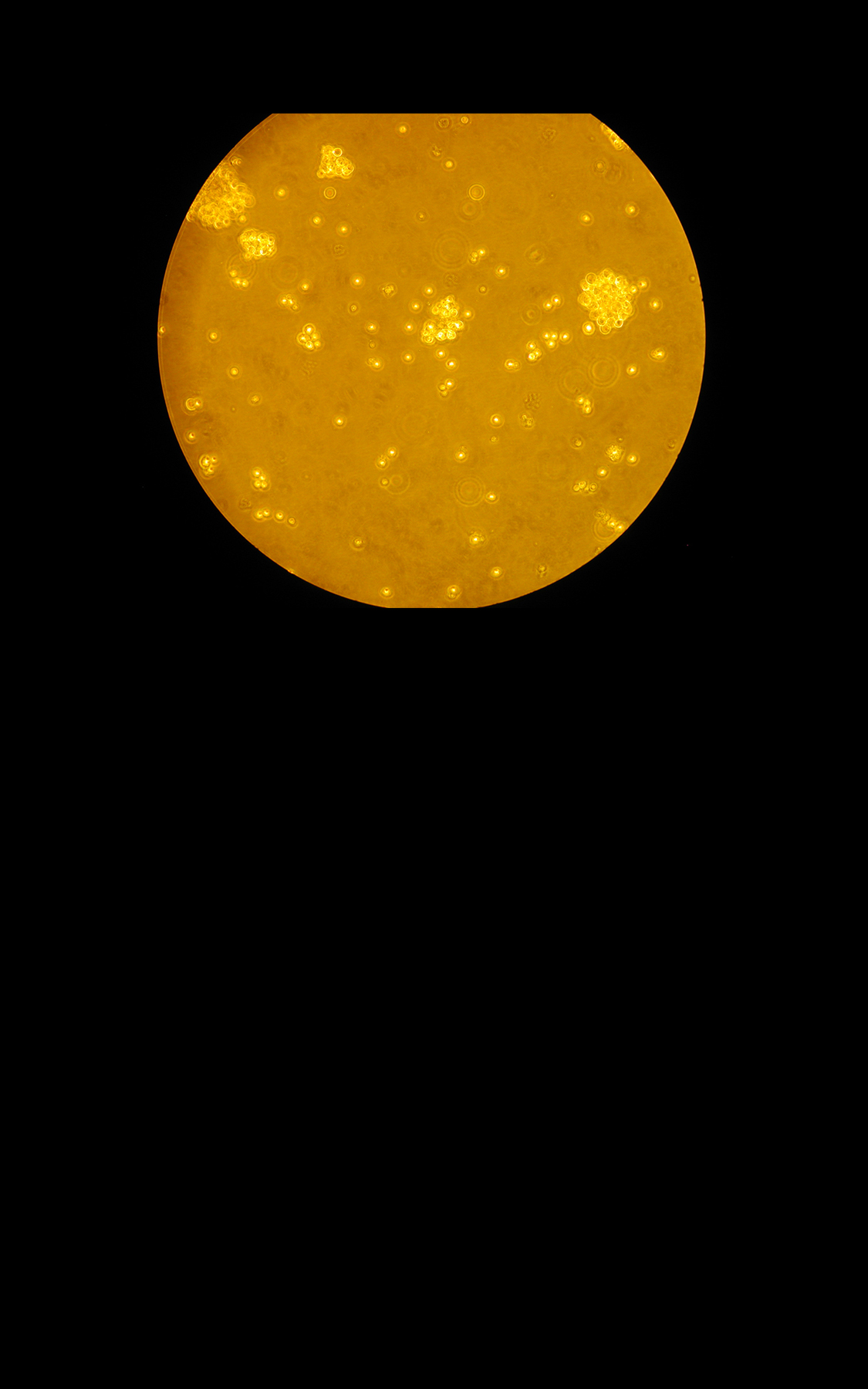
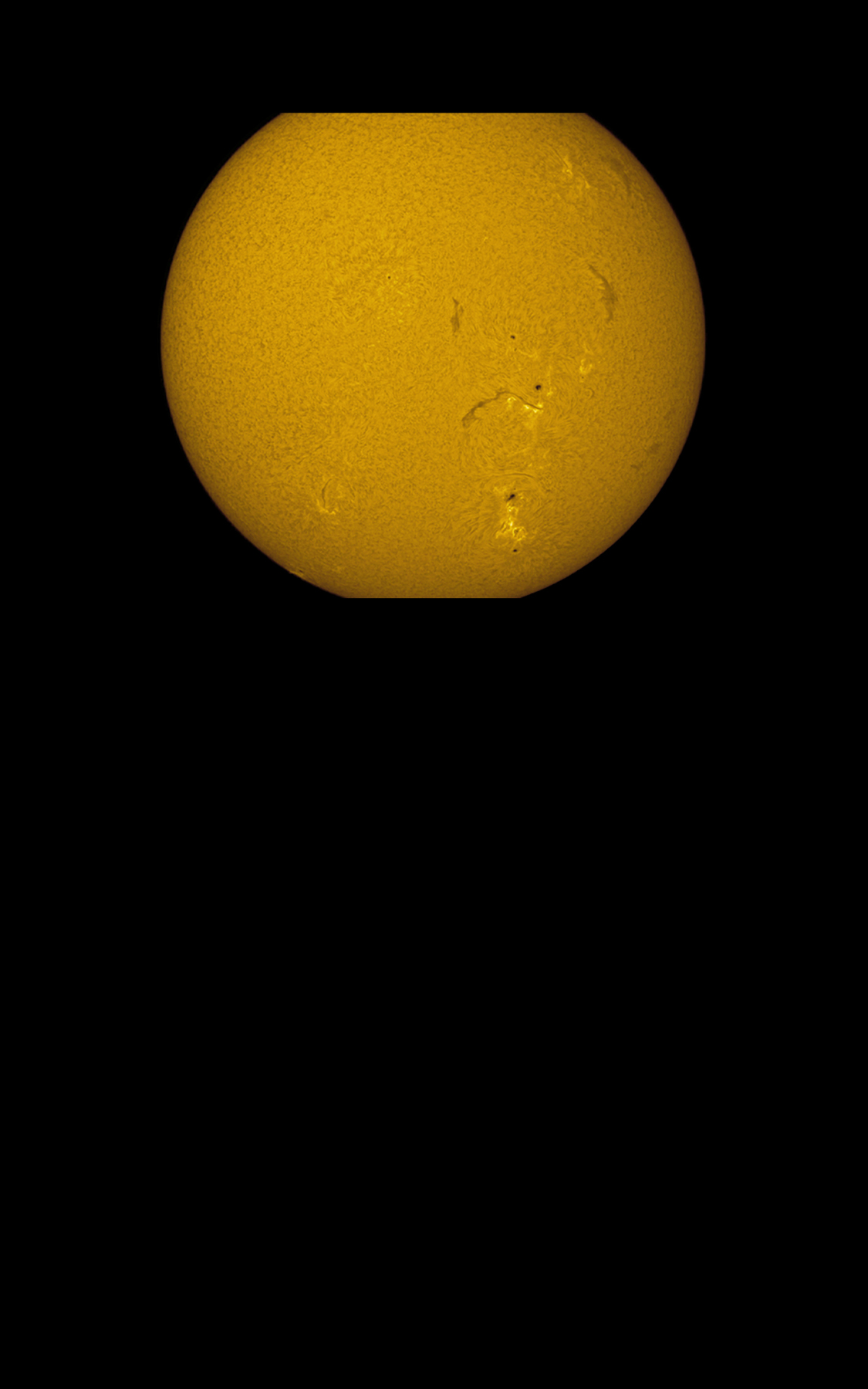
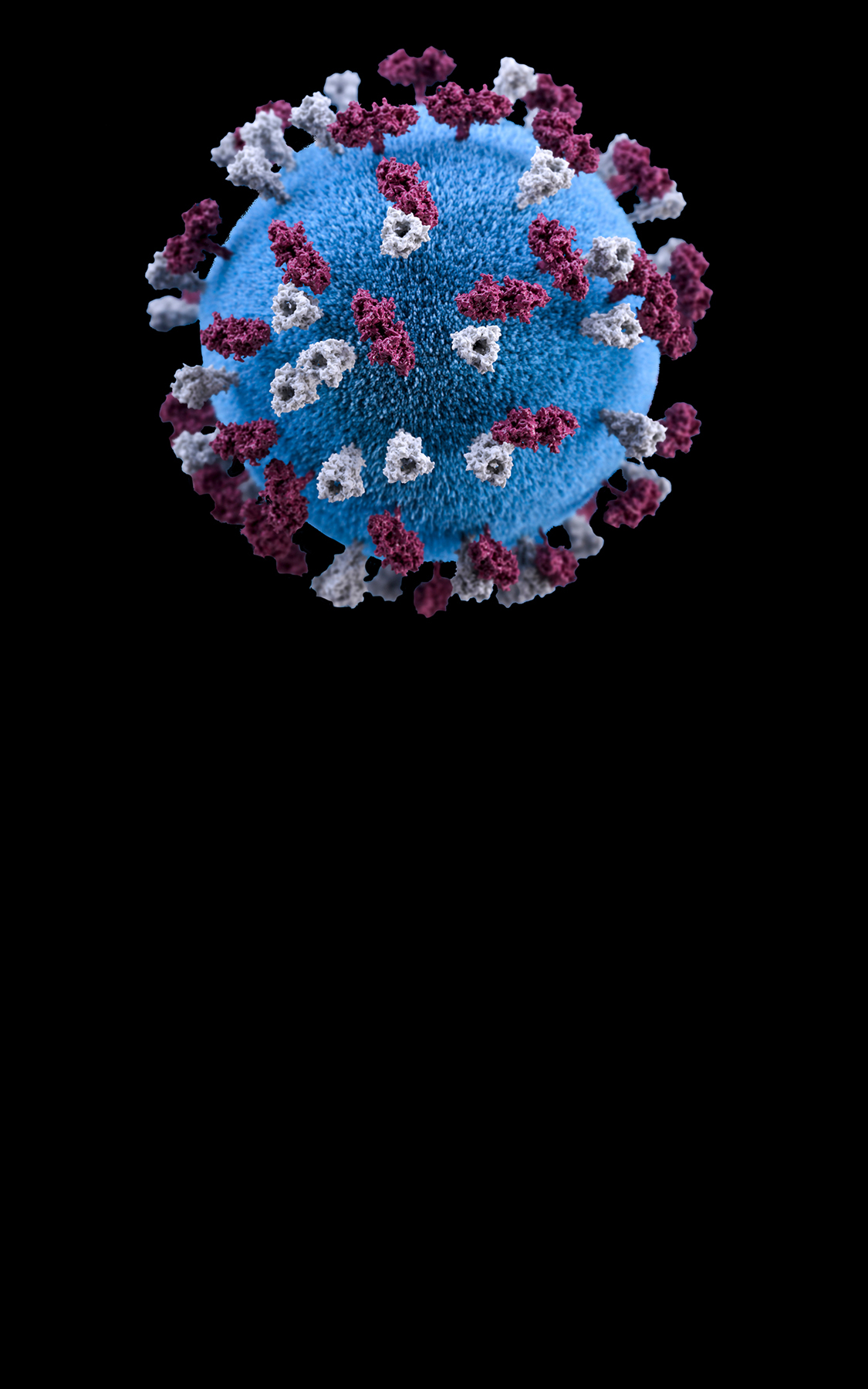
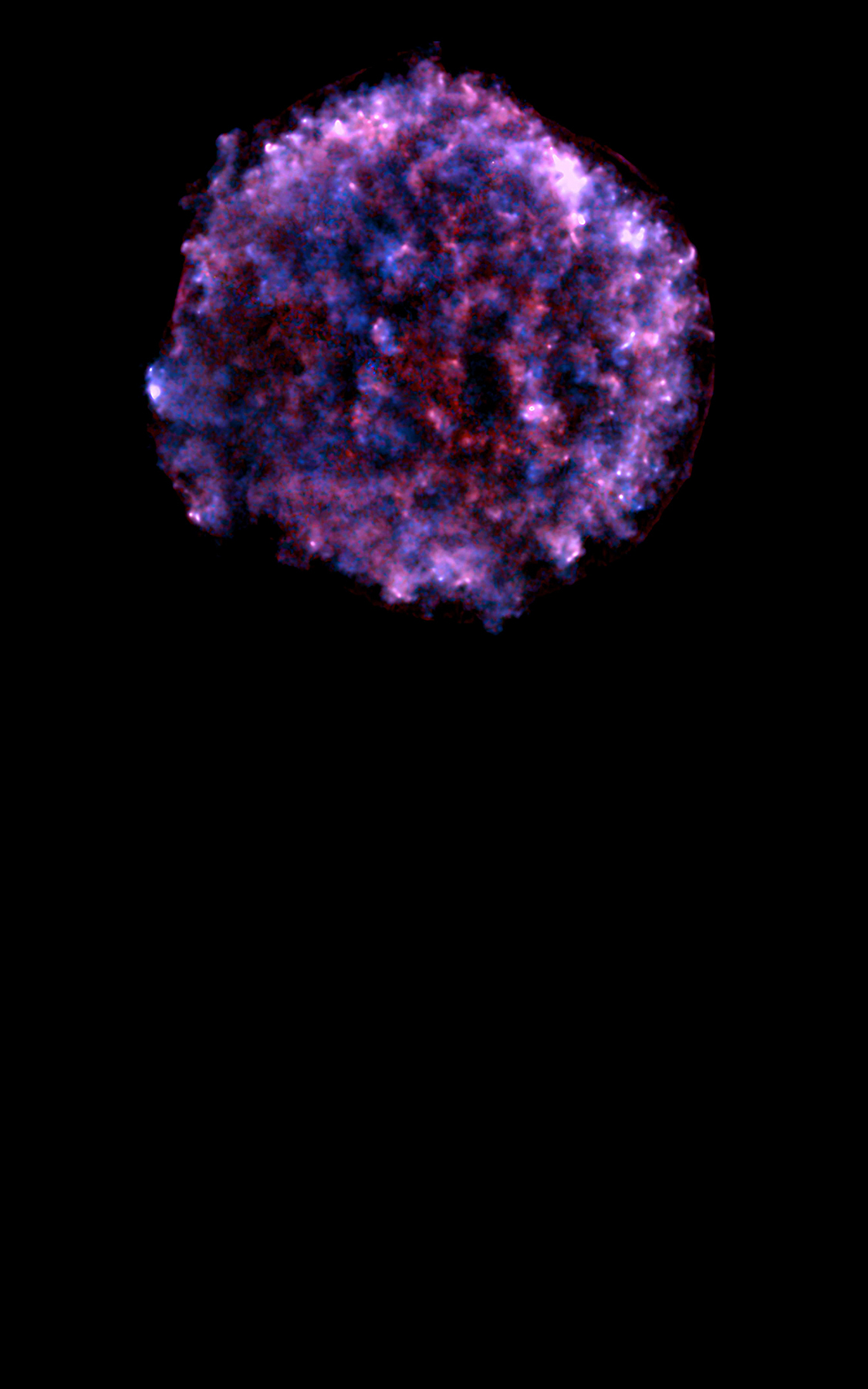
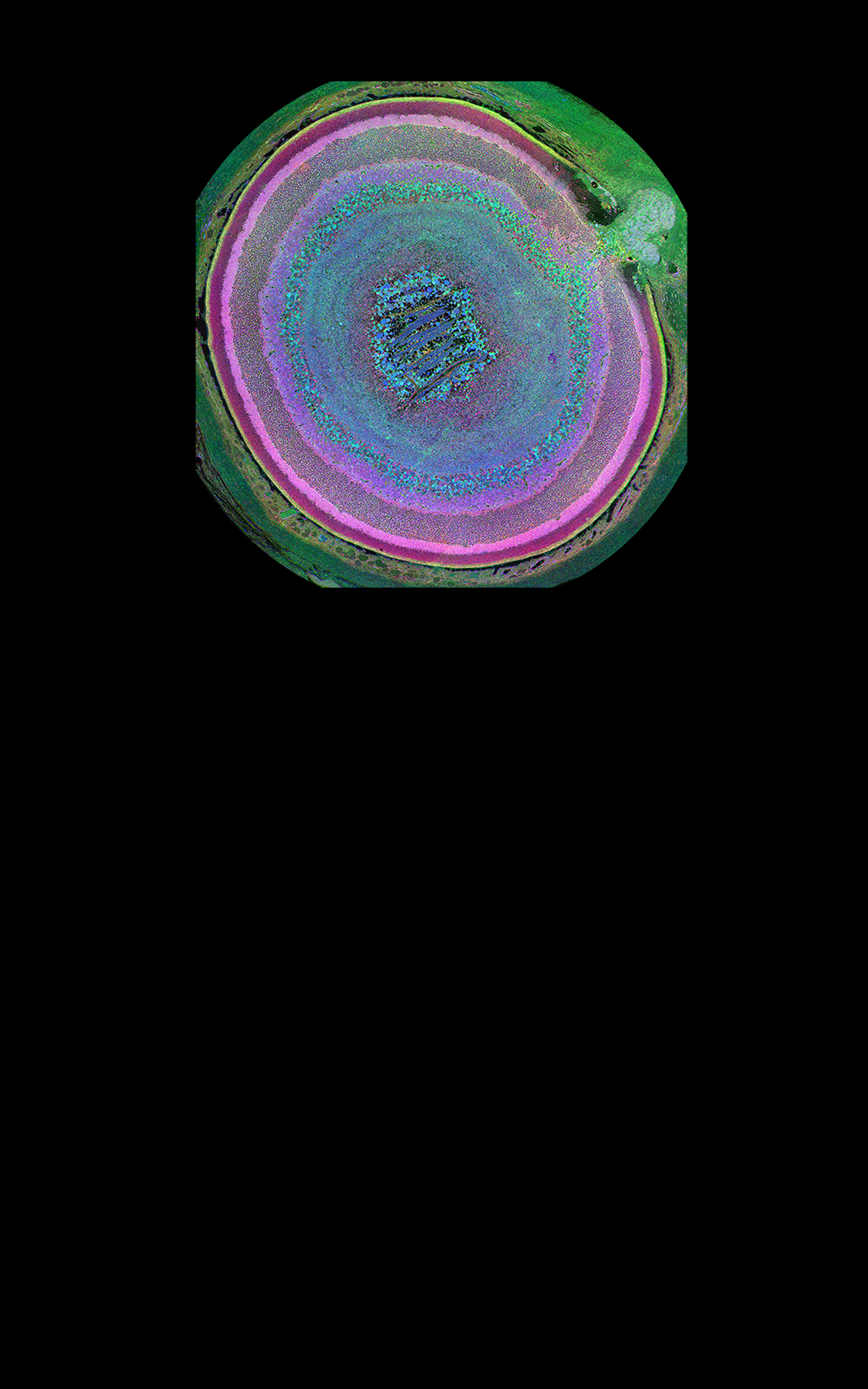
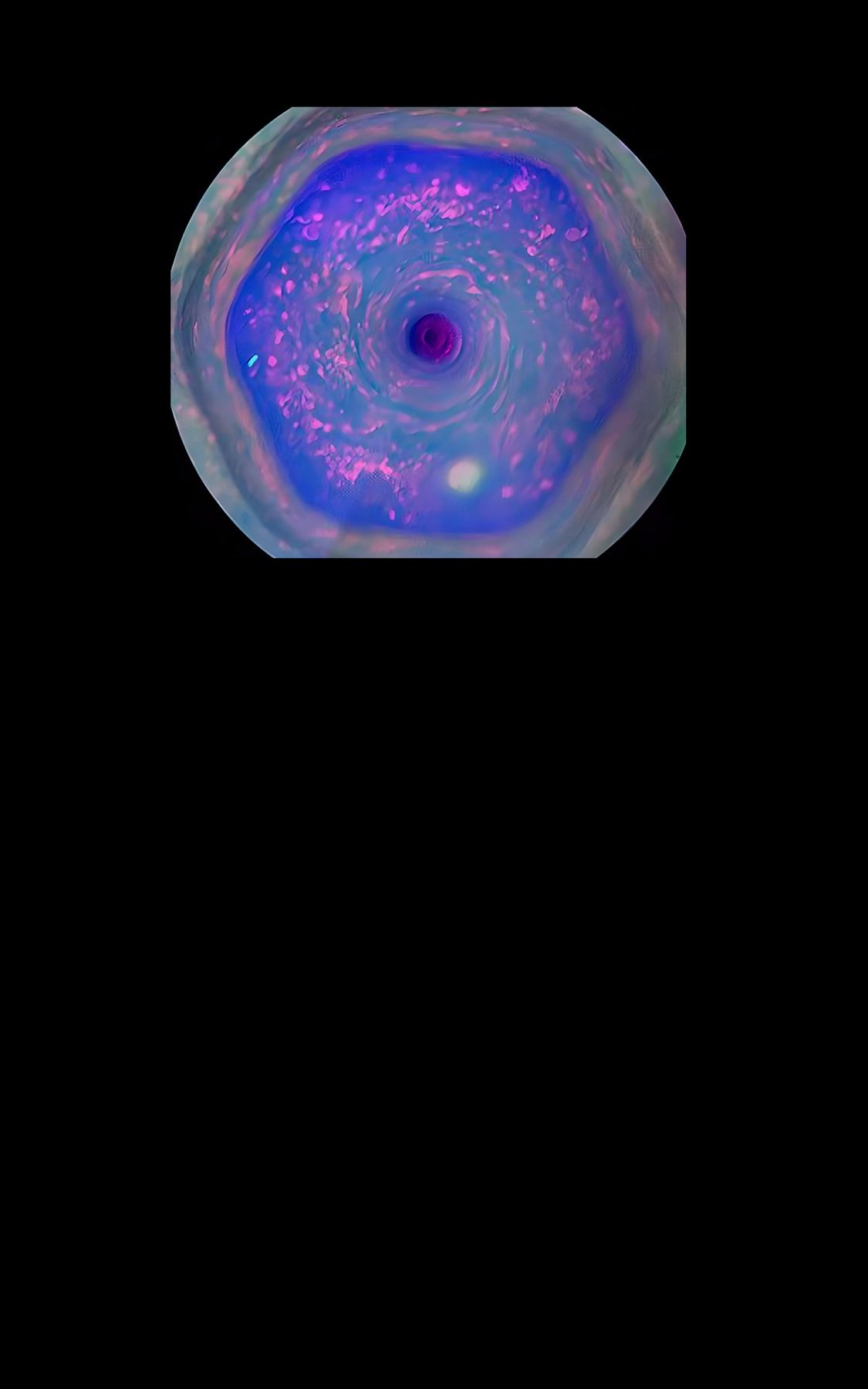
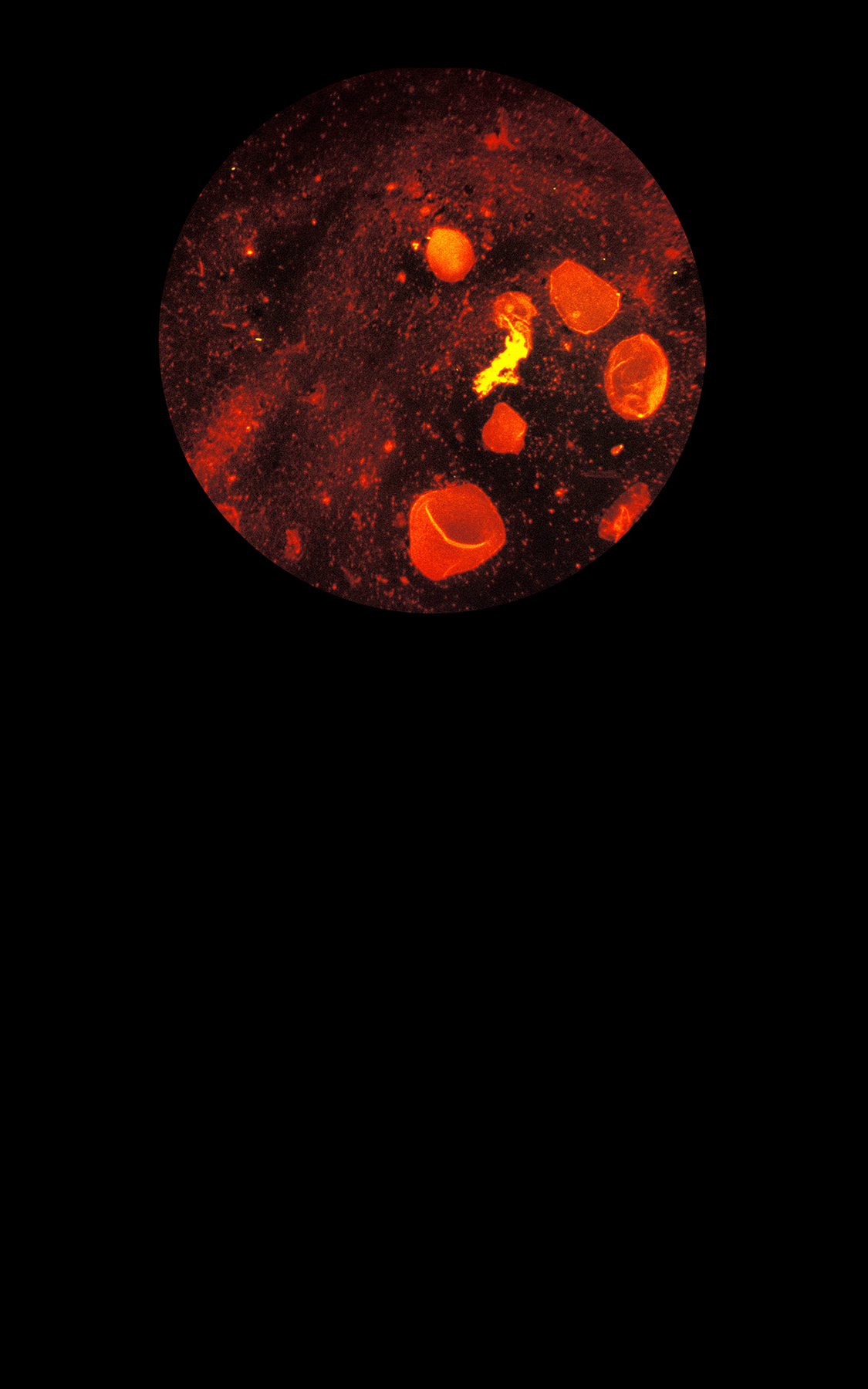


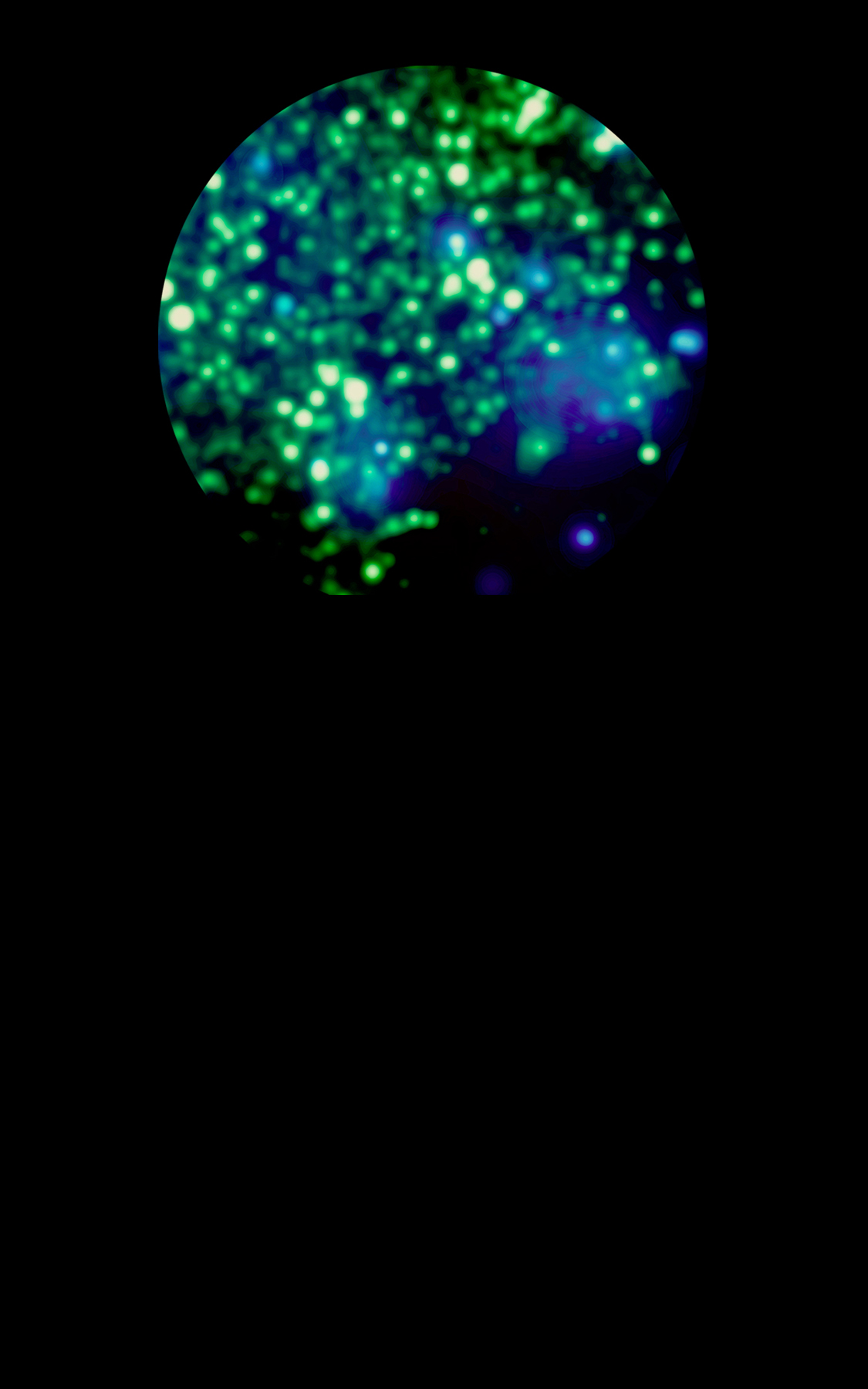
For Kimberly Arcand, a visualization scientist with NASA’s Chandra X-ray Observatory, visual symmetry reveals how basic physics and chemistry thread through everything in the universe, from the tiniest organisms to the most massive galactic clusters.
Microscopes might capture more in terms of magnitude, she said, but telescopes let us travel back in time by peering into the earliest periods of our universe.
Can you tell the difference between microscopic and massive?
Red whirls on this rabbit’s tongue are filiform papillae, which roughen the tongue and help move food around the mouth. Along with blue connective tissue and purple muscle fibers, the striped structure brings to mind …
… the gas giant Jupiter. The planet’s rotation gives rise to the Coriolis effect, which deflects air flow and determines the direction of its swirling cyclones and bands.
These clumps of Raji cells, which can cause a strain of herpes in humans, look like …
… the sun’s churning surface. Dark spots are cooler than the surrounding areas; they appear where the star’s magnetic field keeps heat from emerging.
Purple and white “spike” proteins on this popular model of the coronavirus help it attach to and enter our cells. These might remind you of …
… the clumps of cosmic debris in Tycho’s supernova, a star that may have exploded at many points simultaneously.
Each color in this slice of a mouse’s eye is a different amino acid; green is glutamine, pink is taurine and blue is glutamate. Its rings resemble …
… the raging vortex at Saturn’s north pole, where green, pink and blue correspond to clouds of increasing depth. Winds whip around this hexagon at 300 miles per hour, but why the region forms the shape is a mystery.
The bacterium that causes tuberculosis glows yellow in this phlegm sample; in orange are possible immune cells from the lung. Together they look like …
… expanding bubbles, sculpted by stellar winds and explosions, in a galaxy called the Small Magellanic Cloud. Some astronomers believe our solar system formed within a similar structure.
The time-keeping cells, in green, in a mouse brain brighten and dim throughout the day, helping the body maintain its circadian rhythm. The nucleus of each cell glows blue. Compare this to …
… a cluster of stars in our Milky Way emitting infrared light, in green. Diffuse X-rays, in blue, were probably created by plasma streaming from the stars and heating the surrounding gas.
Produced by Antonio de Luca
Micro Macro is an interactive quiz by Kimberly Arcand, an astronomy-visualization scientist for NASA’s Chandra X-ray Observatory at the Harvard and Smithsonian Center for Astrophysics. Dr. Arcand is an author of “Magnitude: The Scale of the Universe.”
Images by Mohit Lalwani, CC BY-SA 4.0, NASA/GSFC, Alan Friedman, 22Kartika CC BY-SA 3.0, Anastasia, CC4, NASA/CXC/Middlebury College/F. Winkler, NASA/CXC/RIKEN & GSFC/T, Creative Commons, Bryan William Jones, Robert E. Marc, NASA/JPL, NOAO/CTIO/MCELS coll., ATCA/UIUC/R. Williams, NASA/CXC/Northwestern U./C. Law & F. Yusef-Zadeh, 2MASS/UMass/IPAC-Caltech/NASA/NSF and Cristina Mazuski in the lab of Erik Herzog.
.scrolly-container p {
font-size: 1.15rem !important;
line-height: 1.38 !important;
}
@media (min-width: 740px) {
.scrolly-container p {
width: 45% !important;
max-width: 27rem !important;
margin-right: 20px !important;
font-size: 1.4em !important;
line-height: 1.35 !important;
}
}
@media (min-width: 1100px) {
.scrolly-container p {
margin-right: 30px !important;
}
}
@media (min-width: 1300px) {
.scrolly-container p {
margin-right: 10% !important;
}
#top-wrapper { display: none;}
#site-content header {
position: absolute !important;
z-index: 902 !important;
right: 10%;
margin-top: 7rem !important;
max-width: 31rem !important;
}
#site-content header p,
time,
.byline-prefix,
.last-byline,
h1 {
color: white !important;
}
.css-1gkjb1c .css-103l8m3,
#site-content header p,
time,
h1 {
width: 100% !important;
}
#site-content header + section {
position: relative;
z-index: 0;
}
#scrolly-instance-1 {
margin-top: 0px !important;
}
.css-1bymuyk {
border-bottom: none;
}
.css-ui9rw0 {
max-width: none;
}
#in-story-masthead, #masthead-bar-one{
display: none;
}
#top-wrapper { display: none; }
#site-index {
background-color: #fff;
}
.css-123u7tk {
background-color: #000;
}
.NYTAppHideMasthead header section {
background-color: #000;
border-bottom: none;
}
#masthead-section-label a {
color: white
}
.NYTAppHideMasthead header section svg,
.NYTAppHideMasthead header section svg path,
.NYTAppHideMasthead header section svg rect {
fill: #fff;
}
body {
background-color: #000;
}
.NYTAppHideMasthead header section {
background-color: #000;
border-bottom: none;
}
#NYT_ABOVE_MAIN_CONTENT_REGION span,
main#site-content article header h1,
main#site-content article header p,
main#site-content article header time,
main#site-content article .StoryBodyCompanionColumn p,
main#site-content article .bottom-of-article p,
main#site-content article .bottom-of-article p a,
#article-summary {
color: #f5f5f5;
}
.NYTApp h1[data-testid=”headline”] {
color: #f5f5f5 !important;
}
.NYTApp header p {
color: #f5f5f5 !important;
}
#NYT_ABOVE_MAIN_CONTENT_REGION {
display: none;
}
footer {
background-color: white;
}
#bottom-sheet-sensor {
display: none;
}
@media (min-width: 740px) {
#bottom-wrapper {
margin-bottom: 0;
}
#site-index { padding-top: 3rem; }
}
@media (min-width: 600px) {
#site-index { padding-top: 20px; }
}
